Push-pull workouts are a popular training split that groups exercises based on the movement patterns of the body. The concept is simple: on push days, you train muscles involved in pushing movements, and on pull days, you train muscles involved in pulling movements. This approach allows for better recovery and more targeted training of specific muscle groups.

Understanding push-pull workouts is essential for designing an effective workout routine. Push day exercises typically include chest, shoulder, and triceps exercises, while pull day exercises typically include back, biceps, and rear deltoid exercises. It is important to balance the number of exercises and sets between push and pull days to avoid overtraining and ensure optimal results.
In addition to the exercises themselves, rest and recovery strategies, nutrition and supplementation, and advanced techniques and variations can all play a role in maximizing the benefits of a push-pull workout routine. Understanding the common mistakes to avoid can also help prevent injury and ensure progress over time.
Key Takeaways
- Push-pull workouts group exercises based on the body’s natural movement patterns.
- An effective push-pull routine balances the number of exercises and sets between push and pull days.
- Rest and recovery, nutrition and supplementation, and advanced techniques can all enhance the benefits of a push-pull workout routine.
Understanding Push-Pull Workouts

The Basics of Push-Pull Training
Push-pull workout is a training split that focuses on dividing exercises into two categories: push exercises and pull exercises. Push exercises are those that involve pushing movements such as bench press, shoulder press, and squats. On the other hand, pull exercises are those that involve pulling movements such as rows, pull-ups, and deadlifts.
The push-pull workout split is designed to work different muscle groups on different days. This allows for adequate recovery time for each group, which is essential for muscle growth. The workout is structured in such a way that the push and pull exercises are alternated, allowing for more efficient use of time and energy.
Benefits of a Push-Pull Workout Split
One of the main benefits of a push-pull workout split is that it allows for higher training frequency. Since different muscle groups are being worked on different days, each muscle group has more time to recover before being worked again. This means that you can train each muscle group more frequently, leading to faster muscle growth.
Another benefit of push-pull workouts is that they are time-efficient. By grouping exercises into push and pull categories, you can complete your workout more quickly. This is because you can perform exercises that work opposing muscle groups back-to-back, allowing one muscle group to rest while the other is being worked.
Push-pull workouts are also great for beginners as they are easy to understand and follow. By focusing on just two types of exercises, beginners can avoid feeling overwhelmed or confused about which exercises to perform.
Overall, push-pull workouts are an effective training split that can lead to increased muscle growth and strength. By alternating push and pull exercises and allowing for adequate recovery time, you can train each muscle group more frequently and efficiently.
Designing Your Push-Pull Routine
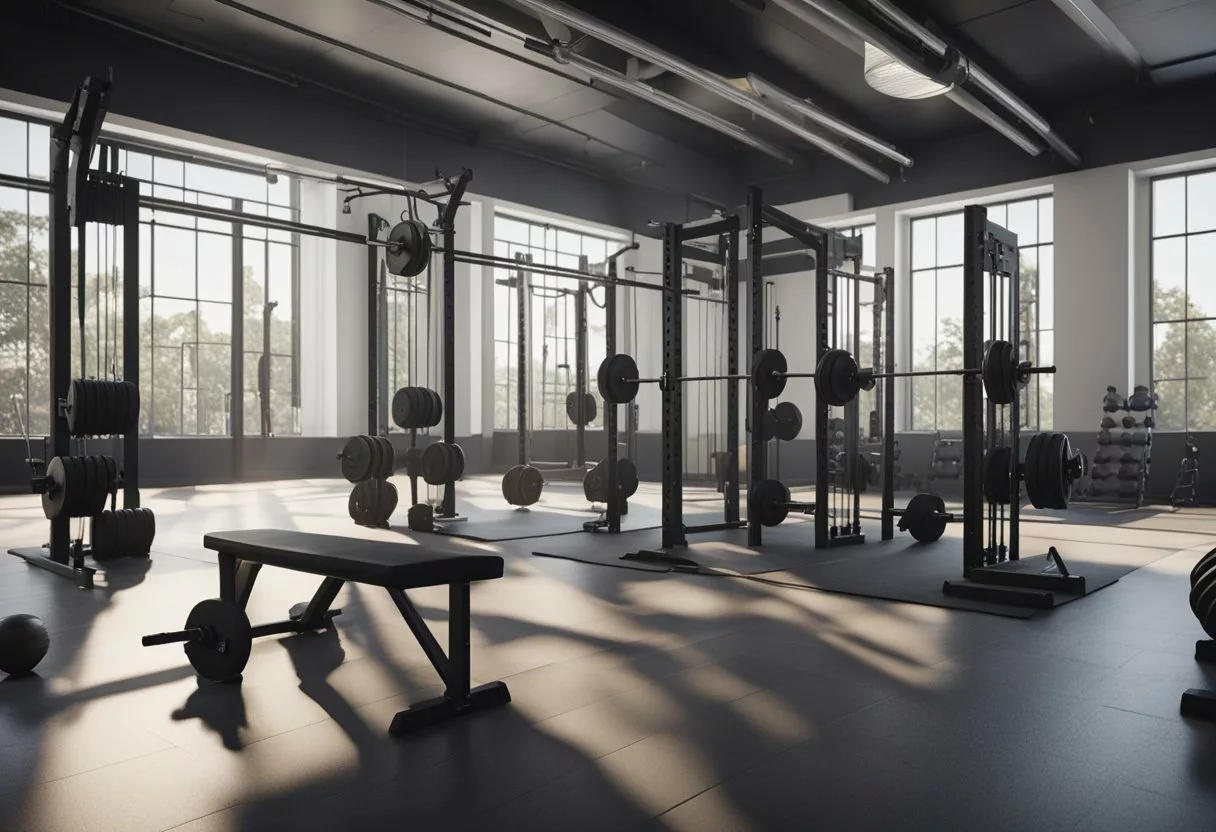
When it comes to designing a push-pull routine, there are a few key factors to consider. By structuring your training week and determining training volume and intensity, you can create a routine that is tailored to your individual goals and fitness level.
Structuring Your Training Week
The first step in designing your push-pull routine is to determine how many training days you will have per week. While there are many different workout splits to choose from, a popular option is the 4-day push-pull split. This involves alternating between push and pull workouts, with a rest day in between each training day.
For beginners, it is recommended to start with 2-3 training days per week and gradually increase as they become more comfortable with the exercises and training volume. Intermediate and advanced lifters may benefit from a higher training frequency, with 4-5 training days per week.
Determining Training Volume and Intensity
Once you have determined your training days, it is important to consider training volume and intensity. This involves determining the number of sets and reps for each exercise, as well as the weight used.
For strength training, it is recommended to perform 3-5 sets of 3-5 reps at a heavy weight. For hypertrophy, it is recommended to perform 3-4 sets of 8-12 reps at a moderate weight.
It is important to incorporate progressive overload into your routine, gradually increasing the weight used over time. This will help to ensure continued progress and prevent plateaus.
Recovery is also an important factor to consider when designing your push-pull routine. It is recommended to have at least one rest day between training days to allow for proper recovery and muscle growth.
By taking these factors into consideration and tailoring your routine to your individual goals and fitness level, you can create a push-pull routine that is effective and sustainable.
Push Day Exercises
Push day exercises are designed to target the chest, triceps, shoulders, and quadriceps. These exercises are essential for building upper body and leg strength, and they can be performed using a variety of equipment, including barbells, dumbbells, and machines.
Chest and Triceps Focus
The bench press is a classic push exercise that targets the chest and triceps. This exercise can be performed using a barbell or dumbbells, and it is an effective way to build upper body strength. Other chest and triceps exercises that can be included in a push day workout include push-ups, dumbbell flyes, and triceps extensions.
Shoulders and Quadriceps
The shoulder press is a great exercise for targeting the shoulders, and it can be performed using a barbell or dumbbells. This exercise can be done standing or seated, and it is an effective way to build shoulder strength. Other shoulder exercises that can be included in a push day workout include lateral raises and front raises.
For the quadriceps, exercises like squats and leg extensions can be incorporated into a push day workout. Squats are a compound exercise that targets multiple muscle groups, including the quadriceps, hamstrings, and glutes. Leg extensions are an isolation exercise that specifically targets the quadriceps.
Overall, push day exercises are an important part of any strength training program. By incorporating exercises that target the chest, triceps, shoulders, and quadriceps, individuals can build upper body and leg strength, improve their posture, and increase their overall fitness level.
Pull Day Exercises
A pull day workout focuses on the back, biceps, and hamstrings. It is important to include compound exercises that target multiple muscle groups for maximum efficiency and effectiveness. Here are some great pull day exercises to consider:
Back and Biceps Focus
- Deadlift: This compound exercise targets the back, hamstrings, and glutes. It is a great exercise for building overall strength and muscle mass.
- Row: Rows come in many variations, such as barbell rows, dumbbell rows, and cable rows. These exercises target the back and biceps and can be performed with different grips to target different areas of the back.
- Pull-ups: Pull-ups are a classic exercise that targets the back and biceps. They can be performed with different grips to target different areas of the back and can be modified for different skill levels.
Hamstrings and Glutes
- Romanian Deadlift: This exercise targets the hamstrings and glutes and can be performed with a barbell, dumbbells, or kettlebells. It is important to maintain proper form and keep the back straight throughout the movement.
- Pull Exercises: Exercises such as pull-throughs, cable pull-throughs, and hip thrusts target the hamstrings and glutes and can be performed with different equipment. These exercises can be modified for different skill levels and are great for building overall lower body strength.
It is important to mix up your pull day exercises to prevent boredom and ensure that all muscle groups are targeted. Incorporating a variety of compound exercises, such as deadlifts and rows, along with isolation exercises, such as bicep curls and pull-throughs, can help you achieve your fitness goals.
Rest and Recovery Strategies
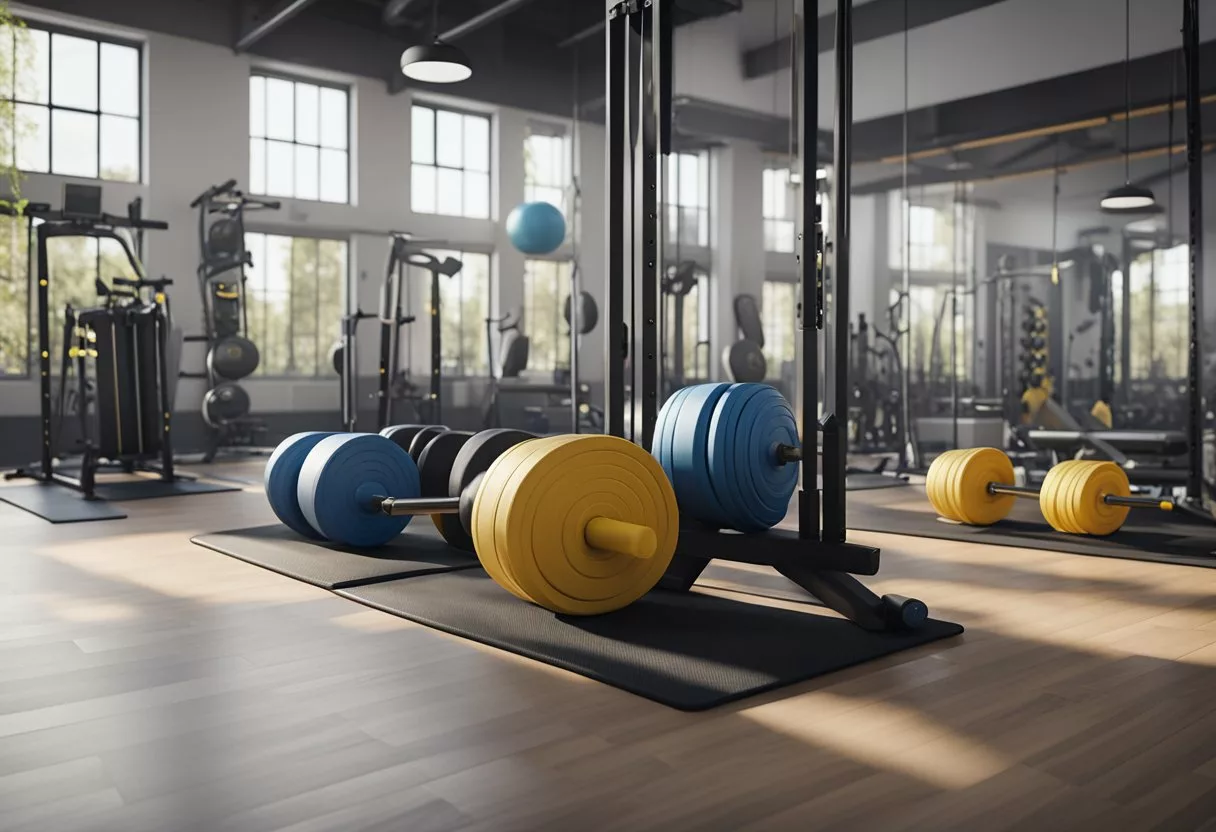
Importance of Rest Days
Rest days are crucial for muscle recovery and preventing injury during a push-pull workout routine. During rest days, the muscles repair and rebuild, leading to increased strength and endurance. Without proper rest, the muscles can become fatigued, leading to decreased performance and an increased risk of injury.
It is recommended to take at least one or two rest days per week, depending on the intensity of the workout routine. On rest days, it is important to avoid strenuous activities that could further fatigue the muscles. Instead, focus on low-impact activities such as walking, yoga, or stretching to promote blood flow and aid in muscle recovery.
Active Recovery Techniques
In addition to rest days, incorporating active recovery techniques into the push-pull workout routine can aid in muscle recovery and prevent injury. Active recovery techniques involve low-intensity exercises that promote blood flow and aid in muscle recovery.
Examples of active recovery techniques include foam rolling, massage, and stretching. Foam rolling and massage help to release tension in the muscles and promote blood flow, while stretching helps to increase flexibility and range of motion.
Another active recovery technique is light cardio exercise, such as walking or cycling. This type of exercise promotes blood flow and aids in muscle recovery without adding additional stress to the muscles.
Incorporating these active recovery techniques into the push-pull workout routine can help to speed up muscle recovery and prevent injury, allowing for more consistent and effective training days.
Nutrition and Supplementation
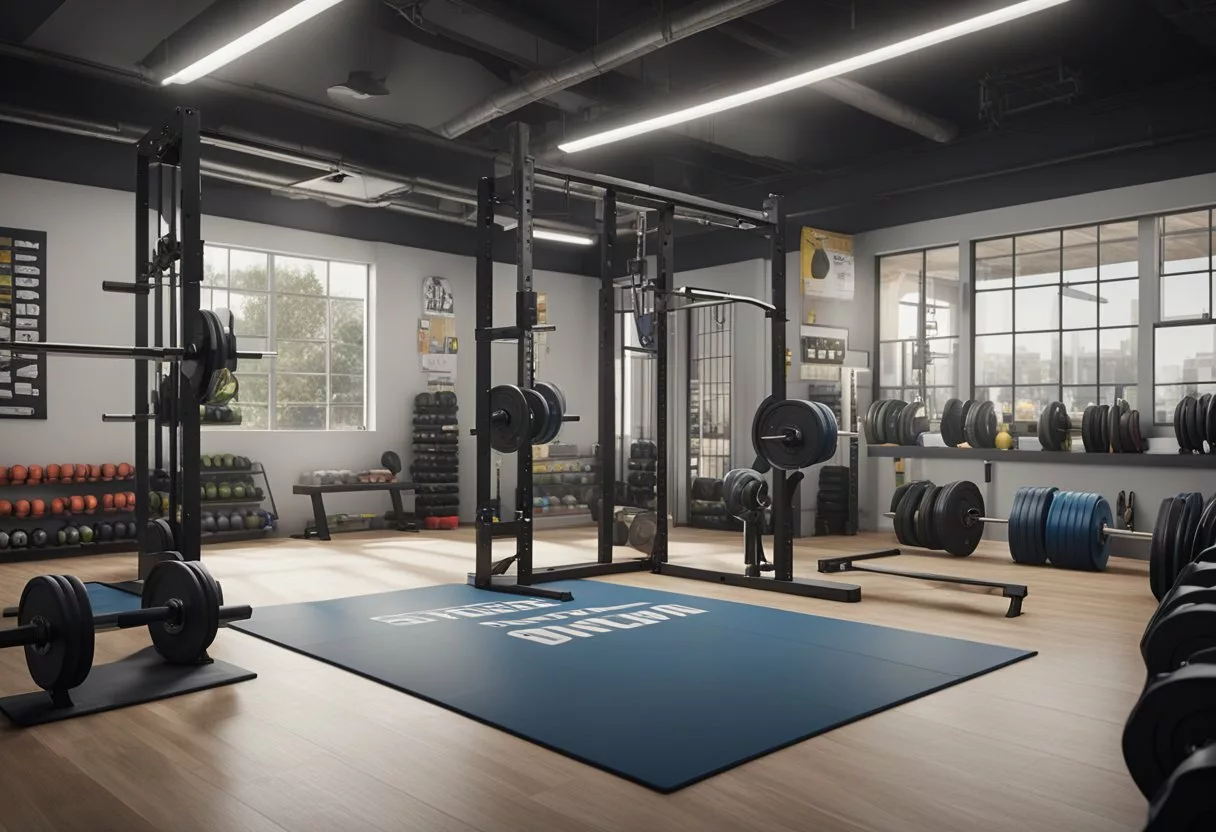
Fueling for Muscle Growth
To build muscle, it’s important to consume enough calories and protein to support muscle growth and repair. A push-pull workout routine is a high-intensity training program that requires a lot of energy and nutrients. Therefore, it’s important to fuel your body with the right foods.
Aim to consume a diet rich in whole foods, including lean protein sources such as chicken, fish, and tofu, complex carbohydrates such as sweet potatoes, brown rice, and quinoa, and healthy fats such as avocado, nuts, and olive oil. Additionally, it’s important to stay hydrated by drinking plenty of water throughout the day.
To determine the optimal number of calories and macronutrients to consume, it’s recommended to consult with a registered dietitian or use a calorie and macronutrient calculator.
Supplements to Support Recovery
Supplements can be a helpful addition to a push-pull workout routine to support muscle recovery and growth. However, it’s important to note that supplements should not replace a healthy diet.
One supplement that has been shown to support muscle recovery is whey protein. Whey protein is a fast-digesting protein source that can be consumed post-workout to support muscle repair and growth. Creatine is another supplement that has been shown to improve strength and muscle building in some individuals.
Other supplements that may be beneficial for muscle recovery and growth include BCAAs, beta-alanine, and glutamine. However, it’s important to note that the effectiveness of these supplements may vary between individuals and more research is needed to determine their efficacy.
It’s recommended to consult with a healthcare professional or registered dietitian before starting any new supplement regimen.
Advanced Techniques and Variations
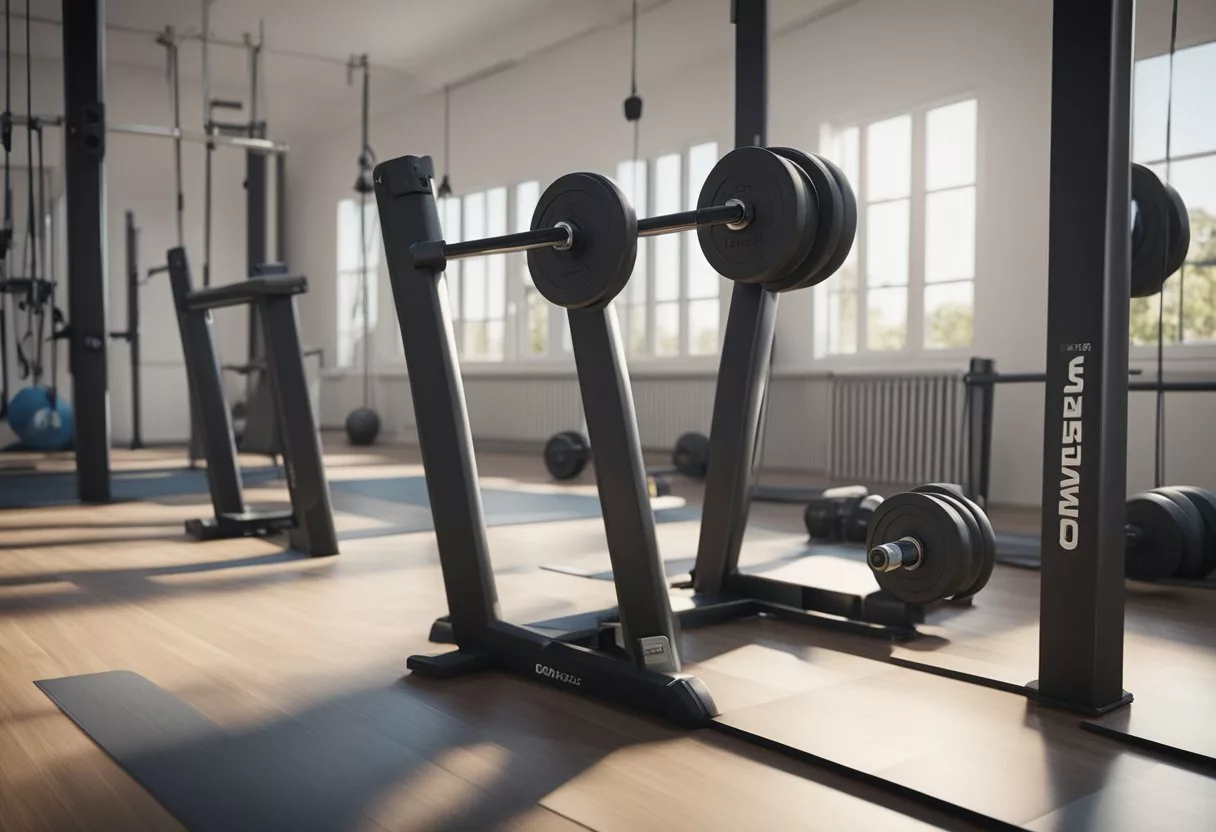
Incorporating Progressive Overload
To continue seeing results from a push pull workout, advanced lifters need to incorporate progressive overload. This means gradually increasing the weight, reps, or sets over time to challenge the muscles and force them to adapt. One way to do this is by using a weight that allows for 4-6 reps on the first set, then increasing the weight for subsequent sets and decreasing the reps to 2-4. This technique is called reverse pyramid training and can be effective for building strength.
Another way to incorporate progressive overload is by using rest-pause sets. This involves performing a set to failure, resting for 10-15 seconds, then continuing with the same weight for as many reps as possible until failure again. This technique can be used with any exercise and is effective for building both strength and muscle mass.
Variations for Experienced Lifters
Experienced lifters can also incorporate variations into their push pull workouts to keep things interesting and challenge the muscles in new ways. One variation is to use an upper/lower split instead of the traditional push-pull split. This involves training the upper body on one day and the lower body on the next, with a rest day in between. This allows for more focus on each muscle group and can be effective for building overall strength and muscle mass.
Another variation is to use a push-pull training split for major muscle groups. This involves training the chest, shoulders, and triceps on push days and the back, biceps, and legs on pull days. This allows for more focus on specific muscle groups and can be effective for building both strength and muscle mass.
Overall, incorporating advanced techniques and variations into a push pull workout can be effective for building strength and muscle mass. By using progressive overload and variations such as upper/lower and push-pull training splits, experienced lifters can continue to see results and challenge their muscles in new ways.
Common Mistakes to Avoid

Push-pull workouts can be an effective way to build strength and muscle, but there are some common mistakes that people make that can hinder their progress. Here are some of the most important mistakes to avoid:
Overtraining and Neglecting Recovery
One of the biggest mistakes that people make with push-pull workouts is overtraining. It’s important to give your muscles time to recover between workouts, especially if you’re lifting heavy weights. Overtraining can lead to muscle fatigue, injury, and a lack of progress.
To avoid overtraining, it’s important to take rest days and to listen to your body. If you’re feeling fatigued or sore, it’s okay to take a day off or to do a lighter workout. Recovery is just as important as training, so make sure you’re getting enough sleep, eating a healthy diet, and staying hydrated.
Imbalanced Training Splits
Another common mistake is having an imbalanced training split. This can happen if you focus too much on one muscle group and neglect others. For example, if you do too many push exercises and not enough pull exercises, you can develop muscle imbalances that can lead to injury.
To avoid imbalanced training splits, it’s important to have a well-rounded workout routine that includes both push and pull exercises. You should also focus on different muscle groups on different days, so that you’re not working the same muscles two days in a row. This will give your muscles time to recover and will help prevent imbalances.
Overall, push-pull workouts can be a great way to build strength and muscle, but it’s important to avoid these common mistakes. By taking rest days, listening to your body, and having a well-rounded training split, you can avoid injury and see better results.
Sample Push-Pull Workout Plans

Push-pull workout plans are popular among fitness enthusiasts as they provide an efficient way to train the entire body. In this section, we will take a look at two sample push-pull workout plans for beginners and intermediate level athletes.
Beginner Push-Pull Workout Plan
The beginner push-pull workout plan is designed for those who are new to resistance training. It is a 3-day workout program that focuses on compound exercises to build strength and muscle mass.
| Day | Workout |
|---|---|
| 1 | Push |
| 2 | Pull |
| 3 | Rest |
Push Workout
- Barbell Squats: 3 sets x 10 reps
- Bench Press: 3 sets x 10 reps
- Overhead Press: 3 sets x 10 reps
- Triceps Dips: 3 sets x 10 reps
- Leg Curls: 3 sets x 10 reps
Pull Workout
- Deadlifts: 3 sets x 10 reps
- Pull-ups: 3 sets x 10 reps
- Dumbbell Rows: 3 sets x 10 reps
- Bicep Curls: 3 sets x 10 reps
- Abdominal Crunches: 3 sets x 10 reps
Intermediate Push-Pull Workout Plan
The intermediate push-pull workout plan is designed for those who have been training for at least 6 months and have a good understanding of proper form and technique. It is a 4-day workout program that focuses on building muscle and strength.
| Day | Workout |
|---|---|
| 1 | Push (Hypertrophy) |
| 2 | Pull (Hypertrophy) |
| 3 | Rest |
| 4 | Push (Strength) |
| 5 | Pull (Strength) |
| 6 | Rest |
| 7 | Rest |
Push Workout (Hypertrophy)
- Barbell Squats: 4 sets x 8-10 reps
- Bench Press: 4 sets x 8-10 reps
- Incline Dumbbell Press: 4 sets x 8-10 reps
- Lateral Raises: 3 sets x 12-15 reps
- Triceps Pushdowns: 3 sets x 12-15 reps
Pull Workout (Hypertrophy)
- Deadlifts: 4 sets x 8-10 reps
- Lat Pulldowns: 4 sets x 8-10 reps
- Seated Cable Rows: 4 sets x 8-10 reps
- Bicep Curls: 3 sets x 12-15 reps
- Hammer Curls: 3 sets x 12-15 reps
Push Workout (Strength)
- Barbell Squats: 5 sets x 3 reps
- Bench Press: 5 sets x 3 reps
- Overhead Press: 5 sets x 3 reps
- Close-grip Bench Press: 3 sets x 5 reps
- Leg Press: 3 sets x 5 reps
Pull Workout (Strength)
- Deadlifts: 5 sets x 3 reps
- Weighted Pull-ups: 5 sets x 3 reps
- Barbell Rows: 5 sets x 3 reps
- Preacher Curls: 3 sets x 5 reps
- Abdominal Planks: 3 sets x 30 seconds
Remember to warm up properly before starting any workout routine and to consult with a fitness professional if you have any questions or concerns.
Frequently Asked Questions
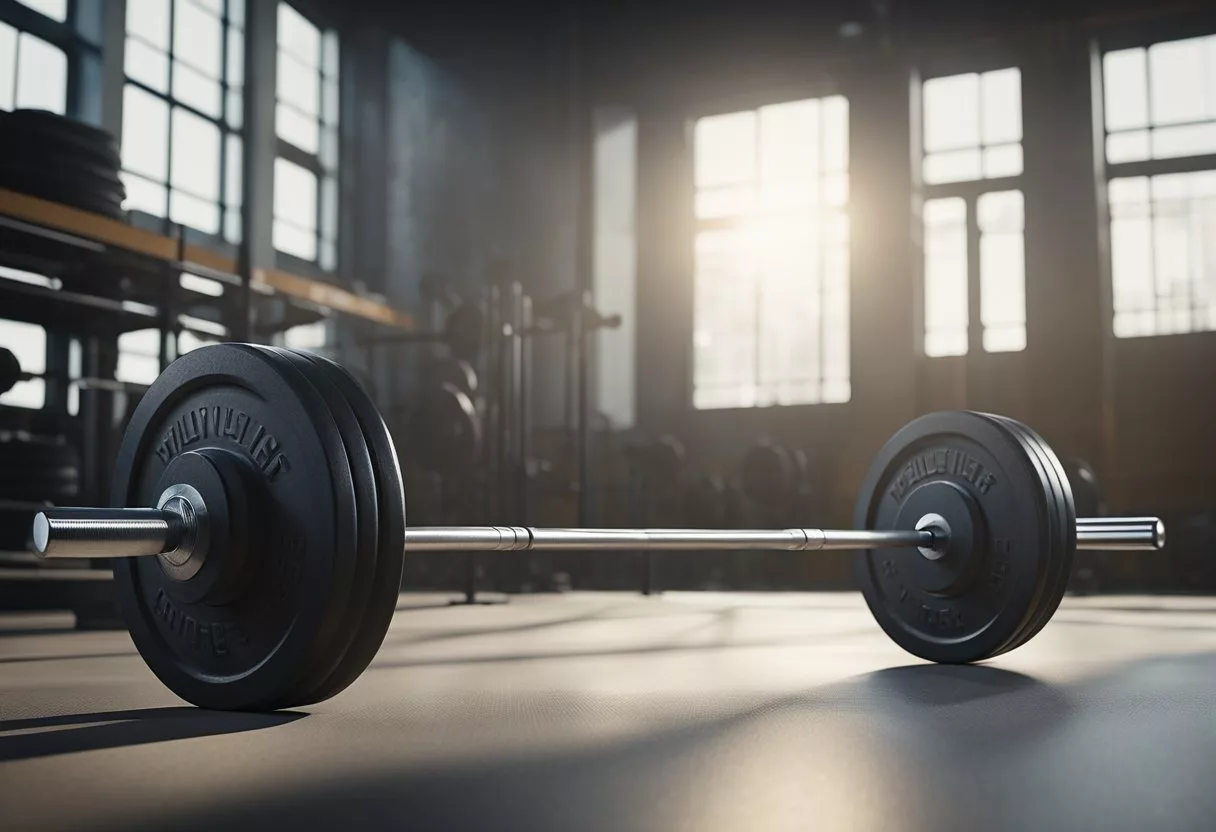
What are the benefits of a push pull workout routine?
A push pull workout routine is a highly effective way to build strength and muscle mass. By targeting different muscle groups on different days, the body has time to recover and repair, leading to increased muscle growth and strength. Additionally, push pull workouts can help improve overall fitness and athletic performance, as they require a balance of strength, power, and endurance.
How can beginners start a push pull workout regimen?
For beginners, it is recommended to start with a simple push pull workout routine that includes basic exercises such as bench press, squats, deadlifts, and pull-ups. It is important to start with light weights and focus on proper form to avoid injury. As strength and endurance improve, the workout can be adjusted to include more advanced exercises and heavier weights.
What is the ideal frequency for a push pull legs workout?
The ideal frequency for a push pull legs workout depends on the individual’s fitness level and goals. For beginners, it is recommended to start with two to three workouts per week, with at least one day of rest in between each workout. As fitness level improves, the frequency can be increased to four to six workouts per week.
How does a 4-day push pull workout differ from a 3-day routine?
A 4-day push pull workout routine typically includes an additional day of rest and an extra workout day compared to a 3-day routine. This allows for more targeted muscle group training and increased recovery time. However, a 3-day routine can still be effective for building strength and muscle mass.
Can push pull workouts be effective for muscle gain and strength?
Yes, push pull workouts can be highly effective for muscle gain and strength. By targeting different muscle groups on different days, the body has time to recover and repair, leading to increased muscle growth and strength. Additionally, push pull workouts can help improve overall fitness and athletic performance, as they require a balance of strength, power, and endurance.
What should be included in a 5-day push pull workout schedule?
A 5-day push pull workout schedule should include a variety of exercises that target different muscle groups on different days. For example, Day 1 could focus on chest and triceps, Day 2 on back and biceps, Day 3 on legs, Day 4 on shoulders and abs, and Day 5 on a full body workout. It is important to include a mix of compound and isolation exercises, as well as cardio and stretching.